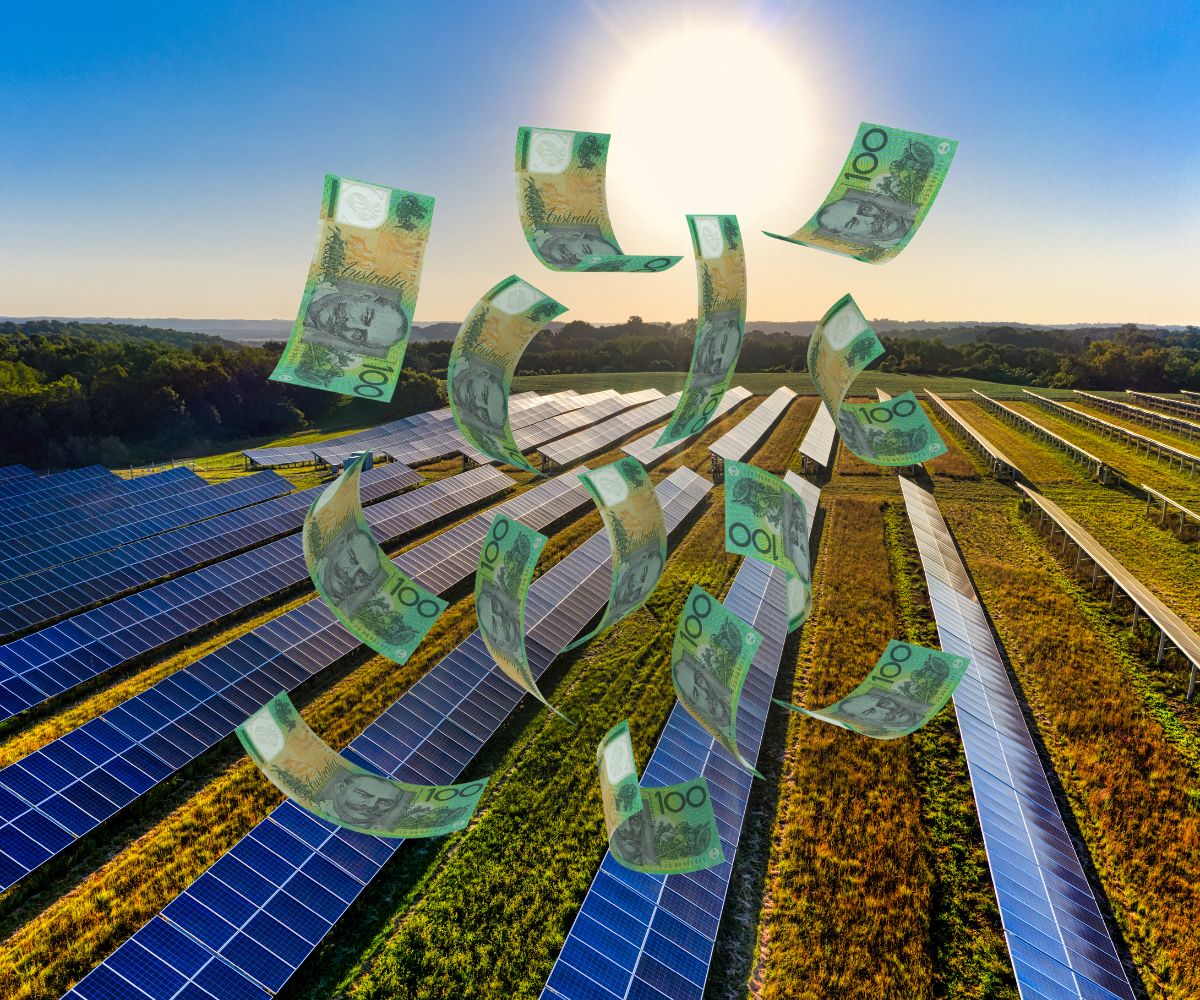
What Are Solar Feed-In Tariffs, and How Are They Benefiting You and the Environment?
October 26, 2023As the world transitions towards renewable energy resources, the implementation of sustainable methods of energy consumption has taken a front seat. Combating global warming and moving towards a greener planet is more important than ever now. The generation and consumption of solar energy is a crucial step towards decreasing carbon emissions and aligning with sustainable goals. Australia’s southern state, Victoria, plays a profound role in this transition.
Energy generation from renewable resources in Australia has doubled in the last decade, and a major contributor to this step is solar feed-in tariffs. Besides promoting a shift to sustainable energy, this policy can also help you as a consumer reduce your electricity bills and earn money.
What is Solar Feed-in Tariff?
Solar feed-in tariffs are a financial incentive offered by the Australian government and electricity distributors to encourage individuals and businesses to generate their own electricity from solar photovoltaic (PV) systems. The electricity produced by these solar PVs is used for consumption, and the excess electricity can be sold back to the grids. When you send back the excess electricity to the power retailers, you help the government and distributors maintain an efficient and sustainable energy supply. Solar feed-in tariff in Vic provides several incentives that help you maximise your electricity savings and lead a sustainable life.
How Does Solar PV Work?
Solar photovoltaic (PV) systems convert sunlight into electricity using a process called the photovoltaic effect. The fundamental component of solar PV is the solar panels, which consist of multiple solar cells. When the sunlight strikes these cells, they absorb the sunlight. The movement of free electrons present in these solar cells leads to the generation of electric currents. This current is converted into alternating current electricity (AC), which is used by homes. The excess electricity that is produced by these cells is directly sent to electricity grids through the feed-in tariff method.
How is the Solar Feed-in Tariff Transforming the Way Australians Consume Electricity?
Solar feed-in tariff encourages individuals to utilize sustainable energy resources and promotes cleaner sources of energy generation. This policy plays a critical role in the energy transition in Victoria and other neighboring states.
- Promoting renewable energy adoption: Solar feed-in tariffs act as a powerful incentive to promote renewable sources of energy. According to the Department of Climate Change, Energy, the Environment, and Water, small-scale solar energy generation has grown to 29% in 2021. Hence, solar feed-in tariff not only provides you with great financial incentives but also helps you to contribute towards the sustainable use of resources.
- Grid decentralisation: This policy promotes the decentralised generation of energy. It encourages distributed energy sources instead of relying solely on centralised power plants. This helps reduce the dependency on fossil fuels and other exhaustible resources. Also, when individuals produce their own electricity, they become more energy-sufficient and independent.
- Great financial savings: Feed-in tariffs lead to significant financial savings in your energy bills. They can help reduce your electricity bills and, in some cases, also lead to an extra income from the surplus energy generated by your system.
How Does Solar Feed-in Tarif Impact the Environment?
The following are the two ways in which solar feed-in tariffs can benefit the environment:
Increasing solar capacity: These incentives are aiding in the adoption of solar PV systems across residential, commercial, and industrial sectors. This increasing use of solar energy leads to lesser dependence on exhaustible resources.
Reducing greenhouse gas emissions: When businesses and residential units start adopting solar PV to generate electricity, they contribute towards renewable energy generation and, in turn, help reduce greenhouse emissions.
Conclusion:
Overall, solar feed-in tariffs are playing an instrumental role in transitioning Victoria and other Australian states toward a more sustainable energy generation method. This policy incentivises solar adoption and directly contributes to achieving the state’s renewable energy targets. Moreover, it plays a crucial role in reducing your energy bills while saving the environment. To know more about this tariff policy and how it works, you can check out resources available online that will help you make a wise choice.



 With over 15 years of reporting hydrogen news, we are your premier source for the latest updates and insights in hydrogen and renewable energy.
With over 15 years of reporting hydrogen news, we are your premier source for the latest updates and insights in hydrogen and renewable energy.